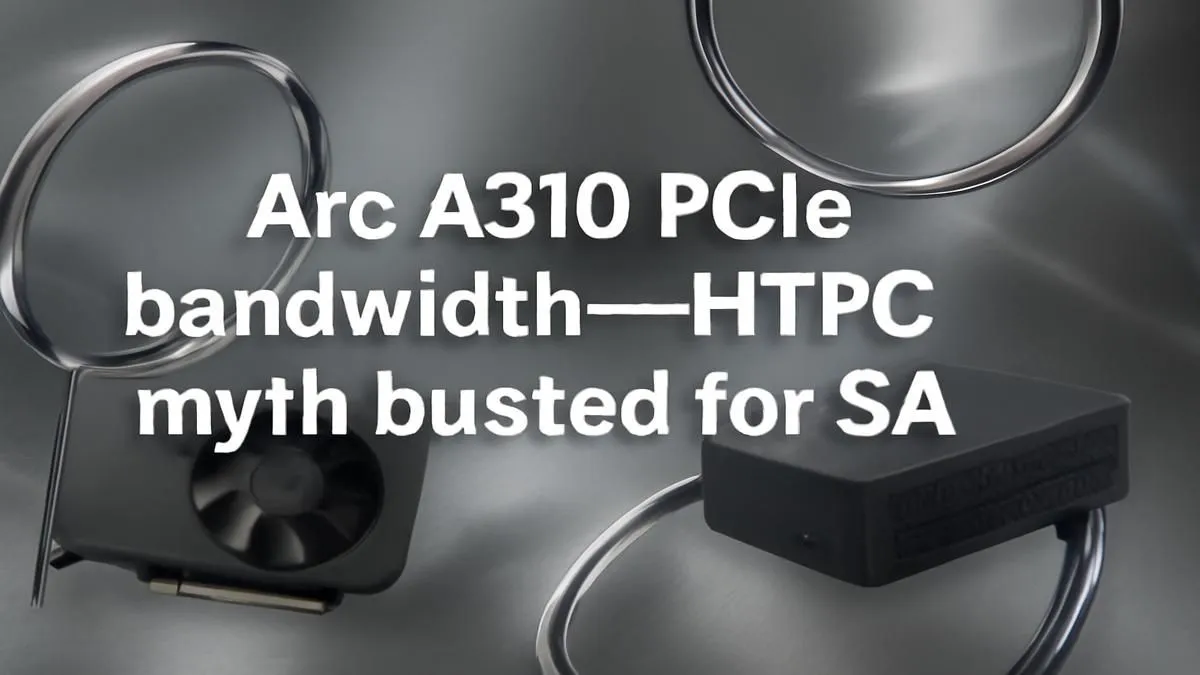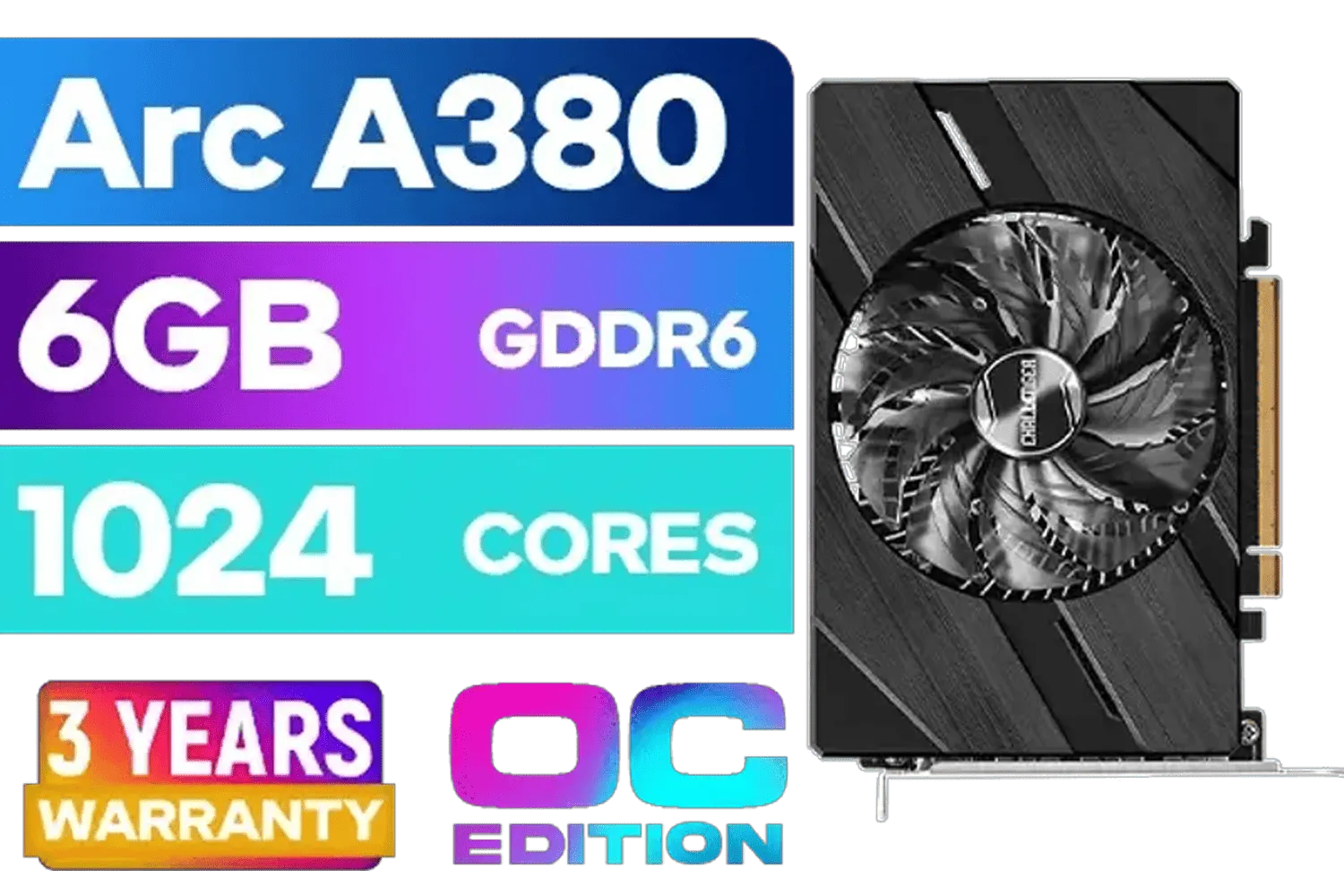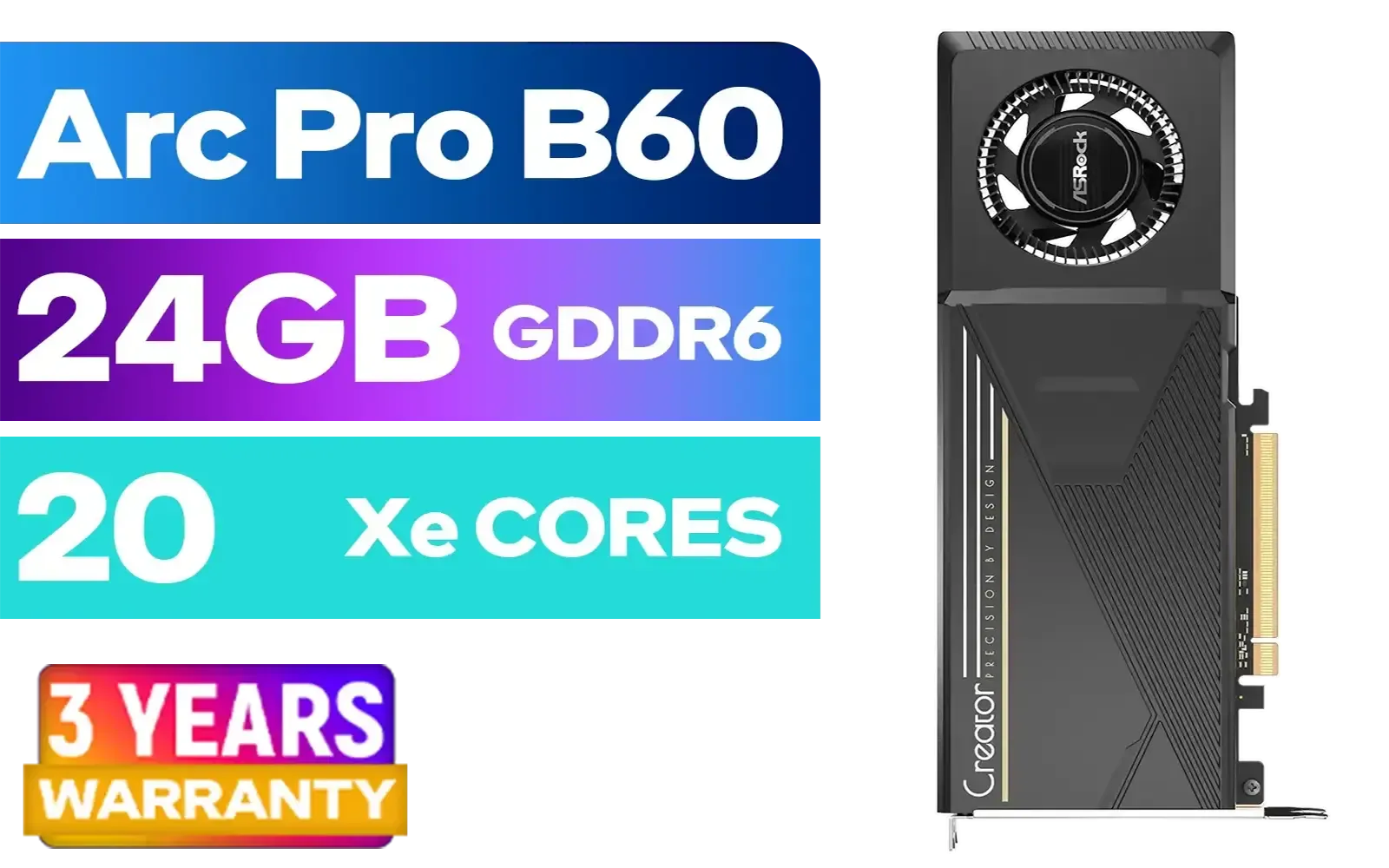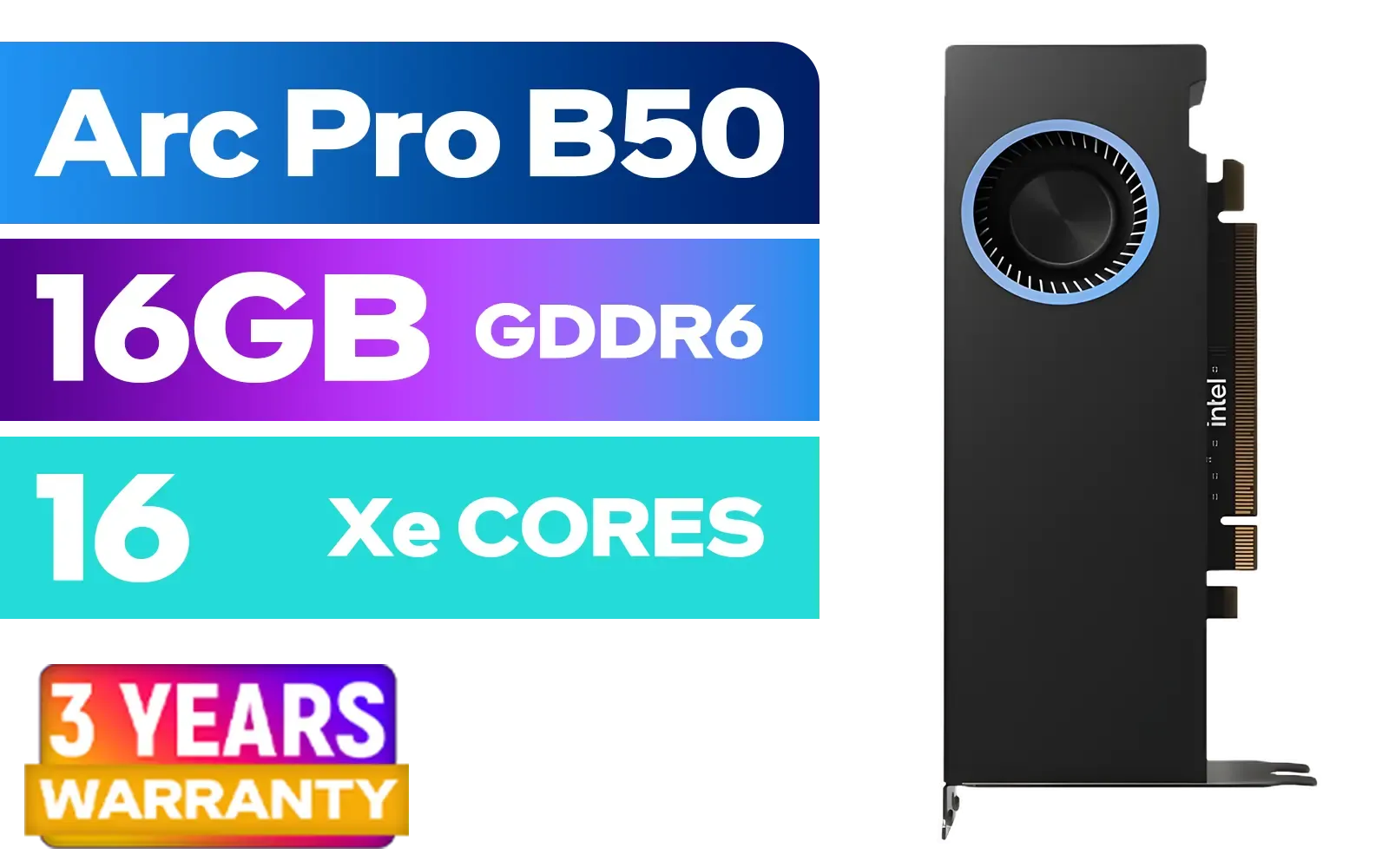
Powerful Mini PCs On A Budget
Affordable mini PCs ⚡ that punch above their weight. 💻 Unbeatable performance for streaming, gaming, and workstations. Read the full breakdown →
🚀 Disrupting the myth: Low PCIe lanes don’t doom Intel Arc A310 performance in HTPCs. Stay future-ready with power-efficient builds. 💻✨

Building a Home Theatre PC (HTPC) in South Africa often feels like a balancing act. You want crisp 4K streaming for those late-night Showmax binges, but you don't want a noisy, power-hungry beast that costs a fortune. Enter the Intel Arc A310, a budget-friendly contender. But forums are buzzing with concerns about the Arc A310 PCIe bandwidth. Is this a real problem, or just tech-spec noise? Let's debunk the myths.
So, what's all the fuss about? The Intel Arc A310 uses an x8 PCIe 4.0 interface. In simple terms, this means it has a smaller "pipe" for data to travel between the graphics card and the rest of your PC compared to the full x16 slot it plugs into. For high-end gaming, where massive textures are constantly being loaded, a bigger pipe is definitely better.
However, applying that logic to an HTPC is a classic mistake. The workload is completely different. While some entry-level AMD Radeon graphics cards also utilise similar bandwidth-saving designs, the context of the workload is what truly matters. For a media centre, the GPU isn't brute-forcing frames... it's doing something much smarter. ⚡
The secret to the A310's HTPC performance lies in its dedicated media engine. Modern GPUs don't rely on raw bandwidth for video playback; they use specialised hardware blocks to decode video streams efficiently.





The Arc A310 has a massive advantage over many older and even some current budget cards: it supports AV1 decoding. AV1 is the next-gen video codec used by YouTube, Netflix, and others to deliver high-quality video at lower bitrates. The A310's hardware decoder handles this effortlessly, barely tickling the PCIe bus. This means smooth 4K and even 8K playback without stressing your system. This is a feature often missing from older, yet still capable, NVIDIA GeForce GTX graphics cards that many consider for budget builds.
For a truly cinematic HTPC experience, pair your A310 with a quiet CPU cooler and a case with good airflow. A silent PC in your living room makes a huge difference, and the A310's low 75W power draw helps keep temperatures and fan noise down.
Okay, what if you want to play a few rounds of Rocket League or enjoy some retro emulation? For light 1080p gaming, the Arc A310's PCIe bandwidth is perfectly adequate. You won't be setting world records, but for casual couch gaming, it delivers a surprisingly capable experience. The performance is often more dependent on Intel's driver optimisations than the physical PCIe interface. When choosing from the vast sea of NVIDIA & ATI graphics cards, matching the card to its primary job is the most important step.
So, is the concern over Arc A310 PCIe bandwidth a deal-breaker for HTPC builders? Absolutely not. It's a myth born from applying high-end gaming logic to a media-centric task.
For a modern, power-efficient, and affordable HTPC build, the Arc A310 is one of the smartest choices on the market today. Its superior media engine, especially AV1 support, makes it future-proof for streaming services, while its low power consumption keeps your electricity bill in check. If you'd rather buy than build, you can even find it in expertly configured all-Intel Arc gaming PCs ready to go. 🚀
Ready to Power Your Perfect HTPC? Stop worrying about bandwidth myths and start building a media centre that delivers. Check out the latest best graphics card deals and find the perfect GPU for your budget and needs at Evetech.
Yes! It handles 4K streaming effortlessly in HTPC setups.
Minimal impact; bandwidth suffices for its TDP and output.
Ideal for 1080p/4K media playback and light gaming, says Evetech.
Yes, but lowers settings for smooth 1080p gaming.
Absolutely! Its low profile fits compact HTPC cases.
Very. 75W TDP suits energy-conscious HTPC builds.
Evetech offers reliable stock and support for local buyers.